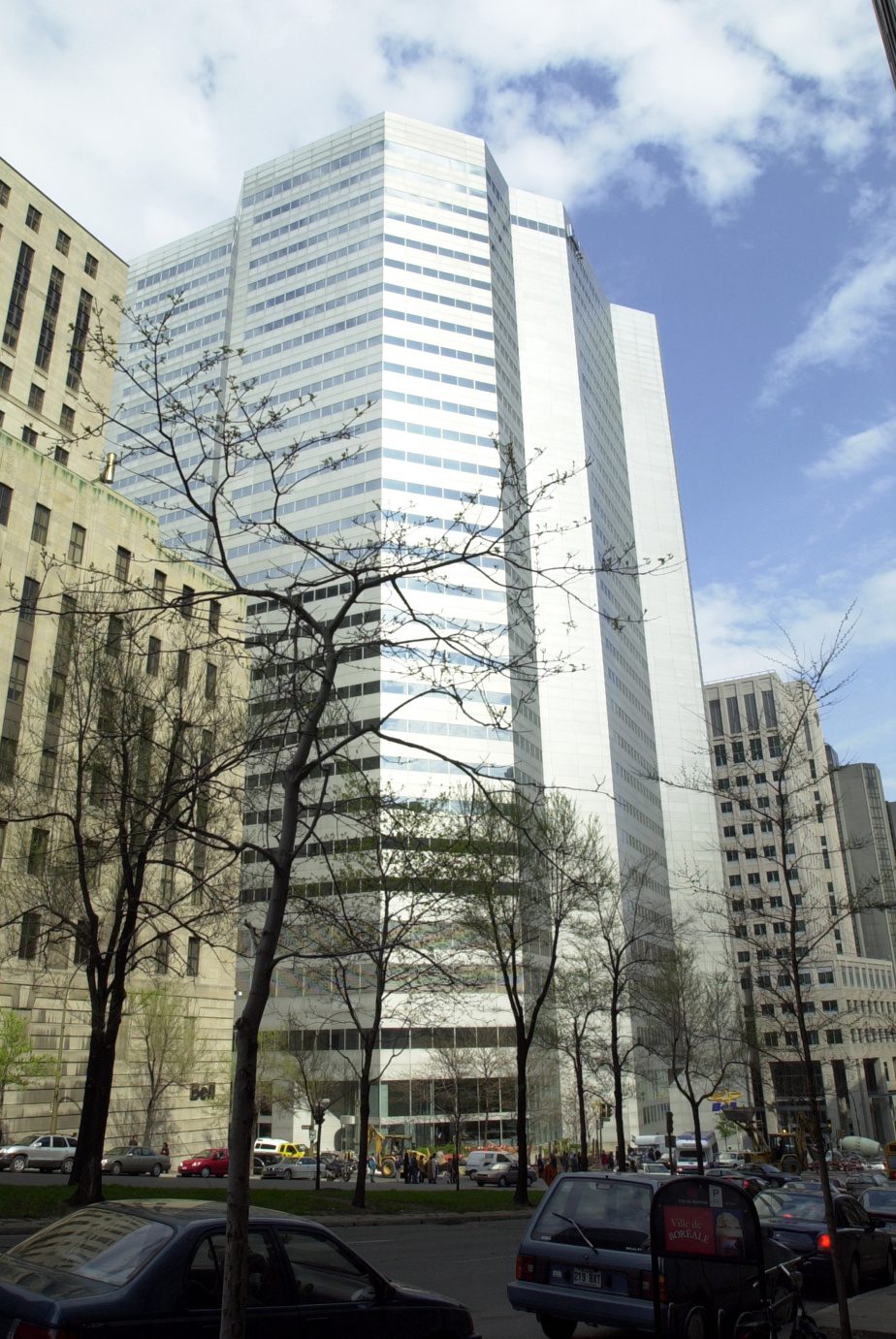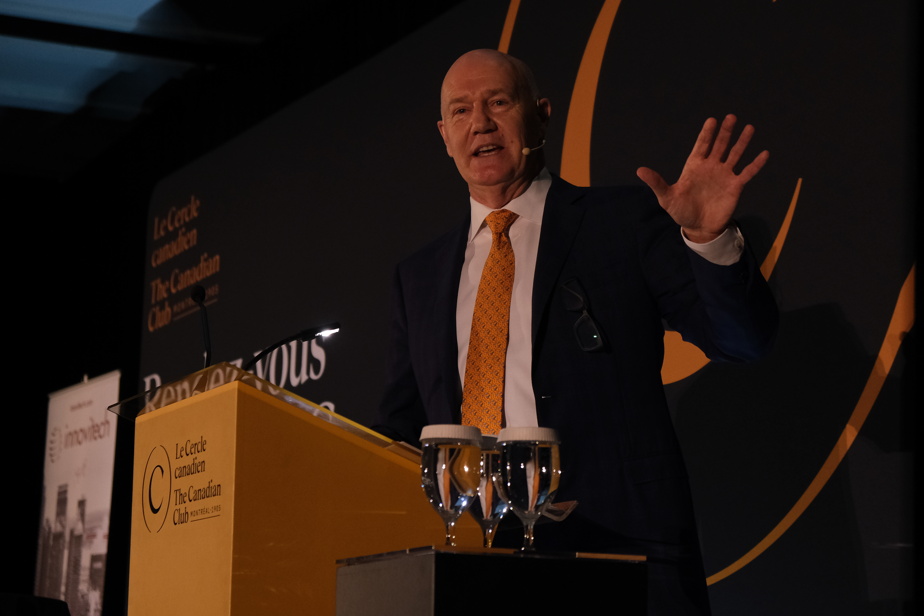Pandemic or not, Allied Property continues the ambitious transformation of its downtown former Bell building into a work environment in keeping with its times.
Posted at 7:00 am
“Our goal is to create an environment that enhances the ability of organizations to attract, motivate and retain the talented men and women who drive their businesses,” CEO Michael Emory said while seated Thursday afternoon in front of the Canadian Club. Montreal.
Toronto-based company, largest office manager in Montreal with an area of 650,000 square meters2 Under management, it is investing at least 80 million in the renovation of the tower that was called 700 De la Gauchetière and now called 1001 Robert-Bourassa.
“One of the most important aspects of this project is its location in a mixed-use urban neighborhood rich in amenities,” said the business leader.
Montreal is full of mixed-use, service-rich urban neighborhoods. This is the main reason behind its success. Then we have to change the building, but being in these neighborhoods is really the key to success.
Michael Emory, CEO of Allied Property
Allied paid $322.5 million for the asset in 2019. At the time, it was a 96% lessor, with Hydro-Quebec and Bank National (BN) as primary tenants. BN has to leave as soon as its head office is handed over.
Built in 1983 for Bell Canada, the tower is about 100,000 square meters tall2It covers an area of 3500 square metres2 Ceiling heights range from 3 to 4 meters. The tower also provides nearly 700 underground parking spaces.
Release the natural light
As the first site, Allied treated the ground floor. “The ground floor, in its original form, repels people rather than attracts them,” Mr. Emory said. Once inside the building, people plunged into a massive, cute surface and were drawn into a dead end, effectively coloring their perception negatively even before they even got to their workstations, which is pretty much the worst thing imaginable.
“We have redesigned the ground floor of the building and have now created a large open environment, rich in contrasts and inviting.
“The intent is to facilitate workers’ arrival, work, vacations, gatherings, and departure in a motivating manner.”
The ultimate goal is to enhance occupant participation, not restrict it. The number of entrances has been reduced, dead ends eliminated, and different gathering areas are better defined.
Michael Emory, CEO of Allied Property
The company works exclusively with Moment Factory.

Martin Chamberland photo, La Presse archive
1001 Robert Bourassa
The allies are attacking the floors now. “The building’s original working space was spoiled by low ceilings, heavy partitions, natural light trapping, and overlapping structures. In many ways, the beauty of the main building was hidden. We’ve completely redesigned the floor, removed the suspended ceilings, provided natural light and revealed a really cool steel structure. »
Epidemic: a gap
While the outlook for the office looks bleak with an expected improvement in availability in the coming years, Mr. Emory continues down the path like a captain in a storm.
“Our Canadian cities are sustainable primarily because they enrich people’s lives in ways that no other form of human organization can,” he told his audience. They have experienced a hiatus during the pandemic. But it continues to develop and intensify at an unprecedented rate.
“People will continue to do what they were doing before the pandemic instead of drastically changing their lifestyle, which shouldn’t come as a huge surprise, especially given history.”

“Subtly charming problem solver. Extreme tv enthusiast. Web scholar. Evil beer expert. Music nerd. Food junkie.”



